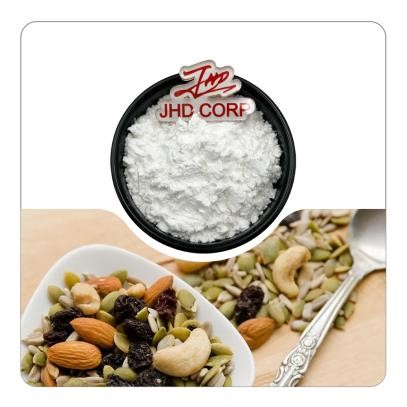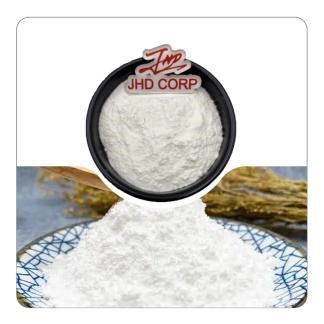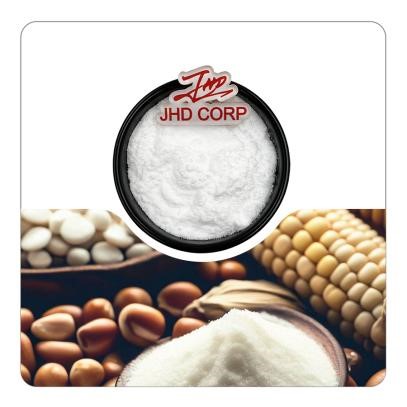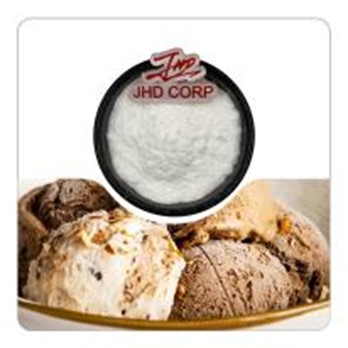Welcome to JHD Nutrasource!
Shop
Showing 28–36 of 50 results
-

Inositol Powder
Inositol is a sugar-like carbohydrate that is naturally present in the body and is often grouped with the B vitamins. It plays a crucial role in various bodily functions, including insulin action and nerve function.
-

L-Aspartate Powder
L - Aspartate powder is a white crystalline or crystalline powder. It is a non - essential amino acid, which means the human body can synthesize it on its own to some extent. It has a molecular formula of C₄H₇NO₄.
-

Magnesium Bisglycinate
Magnesium Bisglycinate is a highly bioavailable form of magnesium that is chelated to two glycine molecules. This unique structure enhances its absorption and makes it gentle on the digestive system, reducing the risk of gastrointestinal discomfort. It is widely used in dietary supplements and is known for its calming effects and support for overall health.
-

Magnesium L-threonate
Magnesium L-Threonate (MgT) is a form of magnesium supplement that is specifically designed to cross the blood-brain barrier, allowing it to increase magnesium levels directly in the brain。This capability is critical for supporting various cognitive functions, such as memory, learning, and neuroplasticity (the brain’s ability to adapt and reorganize neural pathways).
-

Malic Acid
Malic acid is an organic compound with the formula C4H6O5. It is used as a food acidulant and flavoring agent.
-

Maltitol Powder
Maltitol, also known as hydrogenated maltose, has the chemical name 4 - O - α - D - glucosyl - D - glucitol, with the molecular formula C₁₂H₂₄O₁₁ and a relative molecular weight of 344.311. It is a white crystalline powder with a sweet taste, and its sweetness is 85% - 95% of that of sucrose. It is easily soluble in water, insoluble in methanol and ethanol, and has strong hygroscopicity. It is a disaccharide sugar alcohol obtained by hydrogenating D - maltose or glucose syrup made from starch.
-

Maltodextrin
Maltodextrin is a polysaccharide that is produced from starch through a process of partial hydrolysis. It is a versatile food additive that is commonly used in the food and pharmaceutical industries due to its ability to improve texture, stability, and mouthfeel. Maltodextrin is derived from various starch sources, such as corn (Zea mays), wheat (Triticum aestivum), or rice (Oryza sativa), depending on the region and specific application.

